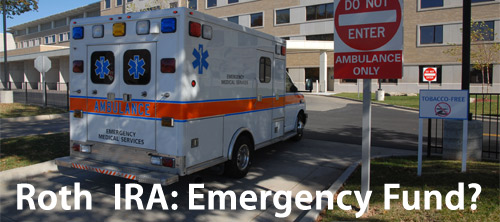The current stock market volatility has many wondering how market risks could affect their retirement prospects. Many almost-retirees found, to their dismay, that the market crashed, wiping out retirement portfolio values, just before they needed that money. While the market has been recovering since 2008, the fear of what happens “next time” has many wondering what they can do to hedge some of the market risks to retirement.
Two of the risks that you are likely to run into include the following:
- Market crash just prior to your retirement. This could also include a period of a down market. This means that when you withdraw from your retirement account, you are selling investments at a time when you are locking in losses — and you have to sell a higher volume to meet your needs, reducing the amount of investments in your portfolio.
- Maturity on some products at an inconvenient time. Your CD might mature just after interest rates plummet, leaving you no option to roll over at the same yield, or a bond might be called early (or mature), while rates are low.
While you can't completely eliminate these risks (all investment comes with risk), you can hedge against them in a way that can help you limit your losses.

Diversity
The first line of defense against huge market losses is diversity. When some markets are down, others are up. Consider adding a little more diversity to your portfolio in terms of real estate and commodities, in addition to stocks and bonds. You can also look at diversity in terms of foreign vs. domestic investments, and diversity across sectors, as well as adding some dividend aristocrat stocks to help with your income during retirement — even during a down market.
Stagger Your Maturities
Don't invest in a bunch of CDs that mature at the same time, or invest in Treasury securities that all mature in five or 10 years. Choose different maturity dates, and acknowledge that you might need to have a plan for short-, middle- and long-term investing. A CD ladder can help you create a system that allows you to earn the highest possible yields on long term CDs, while still having the opportunity to take advantage of higher rates when they arrive. Choose bonds of different maturities so that they aren't all coming due at the same inconvenient time. A little staggering can help you avoid having to reinvest everything at the same time — and possibly lose out because of it. Also, make sure you have some investments meant for different time frames so that you have a little more flexibility when deciding what to sell, and when.
Extra Income and Emergency Fund Padding
You can also hedge against market risk by planning your retirement income. Look for ways to build up additional income streams, especially passive income streams. That way, you won't have to rely heavily on withdrawing from your retirement investment account during a down market, and you can leave your portfolio alone to try to recover. (Some even recommend certain, carefully chosen annuities to provide income so that you don't have to deplete your investment portfolio in tough market times.) The same is true of having extra emergency fund padding. Look for ways to build up a supply of money that you can draw on without having to sell investments in a down market.


